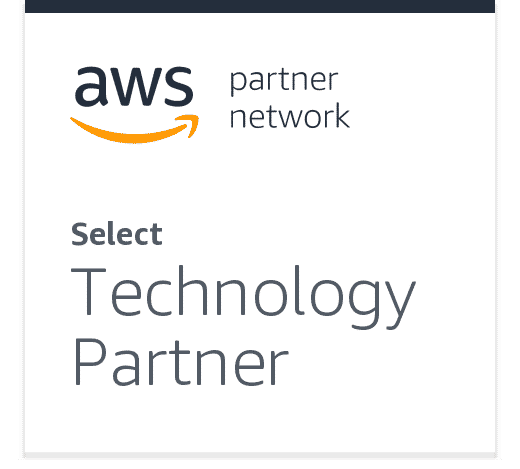Plixer
Partners
Technology Alliance Partners
We’ve forged strong relationships and product integration with industry leaders.
Additional Integrations
Every environment is different. Scrutinzer’s unique architecture easily integrates with other system. By taking advantage of proprietary APIs or even just passing URLs with key variables, Scrutinizer can be integrated with nearly any authentication or network monitoring platform. It was designed from the ground up to anticipate unique IPFIX, NetFlow, and sFlow exports from different vendors.
- A10 Networks
- Adtran
- APCON
- Arista
- Aruba
- Barracuda
- Bluecoat
- Checkpoint
- Ecessa
- Elasticsearch / Kibana
- Ericsson
- Exinda
- Mobile IAM/Extreme Control
- Extreme
- F5
- Fatpipe
- ForeScout CounterACT
- Fortinet–Fortiswitch
- HP 6600, 9300, ArcSight
- Huawei
- IBM
- Infoblox
- IDERA
- Juniper SRX, MX
- LogicVein
- Meraki
- Microsoft Exchange
- MikroTik
- Moloch
- Nokia
- nProbe
- Open vSwitch
- pfSense
- Riverbed
- Riverbed Xirrus
- Saisei
- Sandvine
- Science Logic EM7
- SilverPeak
- SonicWALL
- SolarWinds
- Sophos
- Spiceworks
- Stormshield
- Syslogs as IPFIX
- Talari
- Telesoft
- Ubiquiti
- Viptela
- Vyatta
- WhatsUp Gold
- YAF
- Zenoss
- Ziften
To ensure interoperability with existing investments, contact us. Nearly all custom integrations are complementary.












